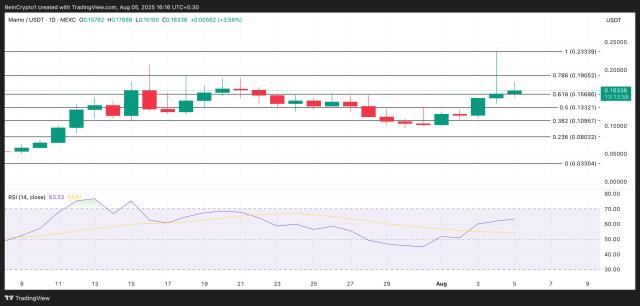New York-based digital asset management company Galaxy Digital yesterday (5th) published its Q2 financial report, announcing a shift from last year's deep losses to profitability. Notably, before the financial report's release, Galaxy Digital had frequently appeared in investors' view by helping an ancient whale sell 80,000 BTC (worth nearly $9 billion) and assisting institutional investors like Ethereum reserve companies in purchasing large amounts of ETH.
Why can Galaxy Digital gain the trust of whales and institutions? Why could Galaxy Digital turn losses into profits? Why is Galaxy Digital known as the "Wall Street institution most understanding of cryptocurrencies"? This article will reveal the success story of Galaxy Digital and its founder Mike Novogratz.
Galaxy Digital: Hub Spanning Traditional Finance and On-Chain World
Galaxy Digital demonstrated extremely high liquidity scheduling capabilities in over-the-counter (OTC) trading. The company has handled large BTC and ETH orders for Goldman Sachs, State Street Bank, and other banks, recently helping an ancient whale smoothly sell 80,000 BTC and providing Ethereum transaction channels for SharpLink Gaming, ensuring minimal market price impact.
Public information shows that Galaxy Digital's asset management division currently has a scale of $4.7 billion, with staked assets reaching $2.3 billion, spanning 15 public chains and covering 15 crypto ETFs.
Galaxy Digital also collaborated with Fireblocks to expand staking services, increasing its managed and staked total to $9 billion, a quarterly growth of 27%. Additionally, Galaxy Ventures Fund I completed a $175 million fundraising in June, betting on stablecoins and payment startups; the Helios data center is expanding towards a 3.5 GW target, reserving computing power for future AI and HPC needs.
Further Reading: Euro Stablecoin Demand is High! Deutsche Bank, Flow Traders, and Galaxy Digital Launch Together
Novogratz: Extraordinary Courage and Resilience
Galaxy Digital founder Mike Novogratz previously managed billions of dollars at Goldman Sachs and Fortress. As early as 2013, when BTC was priced at only $100, he boldly invested $7 million. He repeatedly emphasized BTC's "digital gold" attributes and expects the price to reach $150,000 by 2025.
"Bitcoin is digital gold, and scarce supply and institutional adoption will drive BTC's price surge."
It's worth mentioning that his investment loss in LUNA cost him about $200 million, but he subsequently invested in Solana at an average price of $64, recovering his losses, demonstrating his high-risk, high-return operating style and investment resilience.
Further Reading: When Will Bitcoin Surpass Gold? Galaxy Digital CEO: We'll Witness History in 5-8 Years
Q2 Financial Report: Turning Point in Financial Data
According to Galaxy Digital's financial report, its second-quarter net income was $30.7 million, a significant improvement from the $125.6 million loss in the same period last year. Total assets rose to $9.09 billion, expanding 27% quarter-on-quarter, with cash and stablecoin positions reaching $1.2 billion.
In terms of strategic holdings, Galaxy Digital's BTC position increased by 4,272 to 17,102, valued at approximately $1.8 billion; ETH holdings dropped from 155,000 to 90,500; simultaneously, Galaxy Digital raised its Solana and SUI positions to diversify risk.
Despite a 22% reduction in overall trading volume, Galaxy Digital's global market department gross profit reached $55.4 million, a quarterly increase of 28%, and digital asset department gross profit was $71 million, a 10% quarterly increase.
Listing on Nasdaq: Stock Price Reflects Market Trust
Galaxy Digital initially conducted its initial public offering (IPO) on the Toronto Stock Exchange (TSX) on August 1, 2018, with the stock code GLXY. This year, Galaxy Digital listed on the Nasdaq through a direct listing in May, maintaining the GLXY stock code, with an opening price of $23.50 per share.
On July 24, Galaxy Digital's stock price rose to $31, but slightly declined after yesterday's financial report release. However, its stock price has still increased by 48% this year, with a market value of $10.18 billion.








